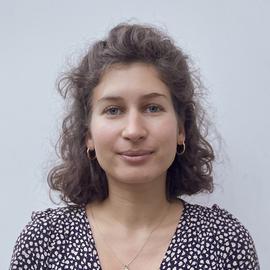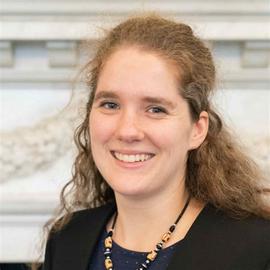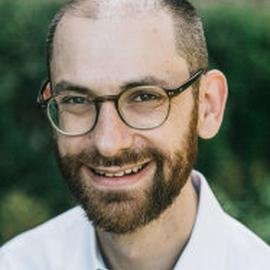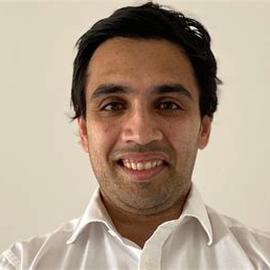Abstract
Following initial declines, in mid 2020 a resurgence in transmission of novel coronavirus disease (COVID-19) occurred in the US and Europe. As COVID19 disease control efforts are re-intensified, understanding the age demographics driving transmission and how these affect the loosening of interventions is crucial. We analyze aggregated, age-specific mobility trends from more than 10 million individuals in the US and link these mechanistically to age-specific COVID-19 mortality data. We estimate that as of October 2020, individuals aged 20-49 are the only age groups sustaining resurgent SARS-CoV-2 transmission with reproduction numbers well above one, and that at least 65 of 100 COVID-19 infections originate from individuals aged 20-49 in the US. Targeting interventions – including transmission-blocking vaccines – to adults aged 20-49 is an important consideration in halting resurgent epidemics and preventing COVID-19-attributable deaths.

Postdoctoral Research Associate
My research involves using viral sequence data and patient data to characterise HIV transmission and guide public health interventions.

PhD student
I am a PhD student in Modern Statistics and Statistical Machine Learning at Imperial College London.

PhD Student
Uses machine learning approaches to examine the dynamics of exposure events that give rise to health outcomes.

Lecturer in Statistical Science
I develop methods to solve questions related to infectious disease outbreaks.

Assistant Professor of Machine Learning and Public Health
I primarily work at intersection of public health, machine learning and Bayesian modelling.

Associate Professor
My research is on scalable methods and flexible models for spatiotemporal statistics and Bayesian machine learning, applied to public policy and social science.

Professor of Machine Learning, Statistics and Public Health
I focus on mathematical, statistical and computer science tools to answer questions about human health.

Reader in Statistics and Machine Learning for Public Good
I develop bespoke statistical methods for public good. My group and I are particularly interested in novel Bayesian methods that harness information in viral deep sequence data, mobile phone mobility data, and time-resolved patient data to characterise the spread of infectious diseases, and to guide public health interventions.